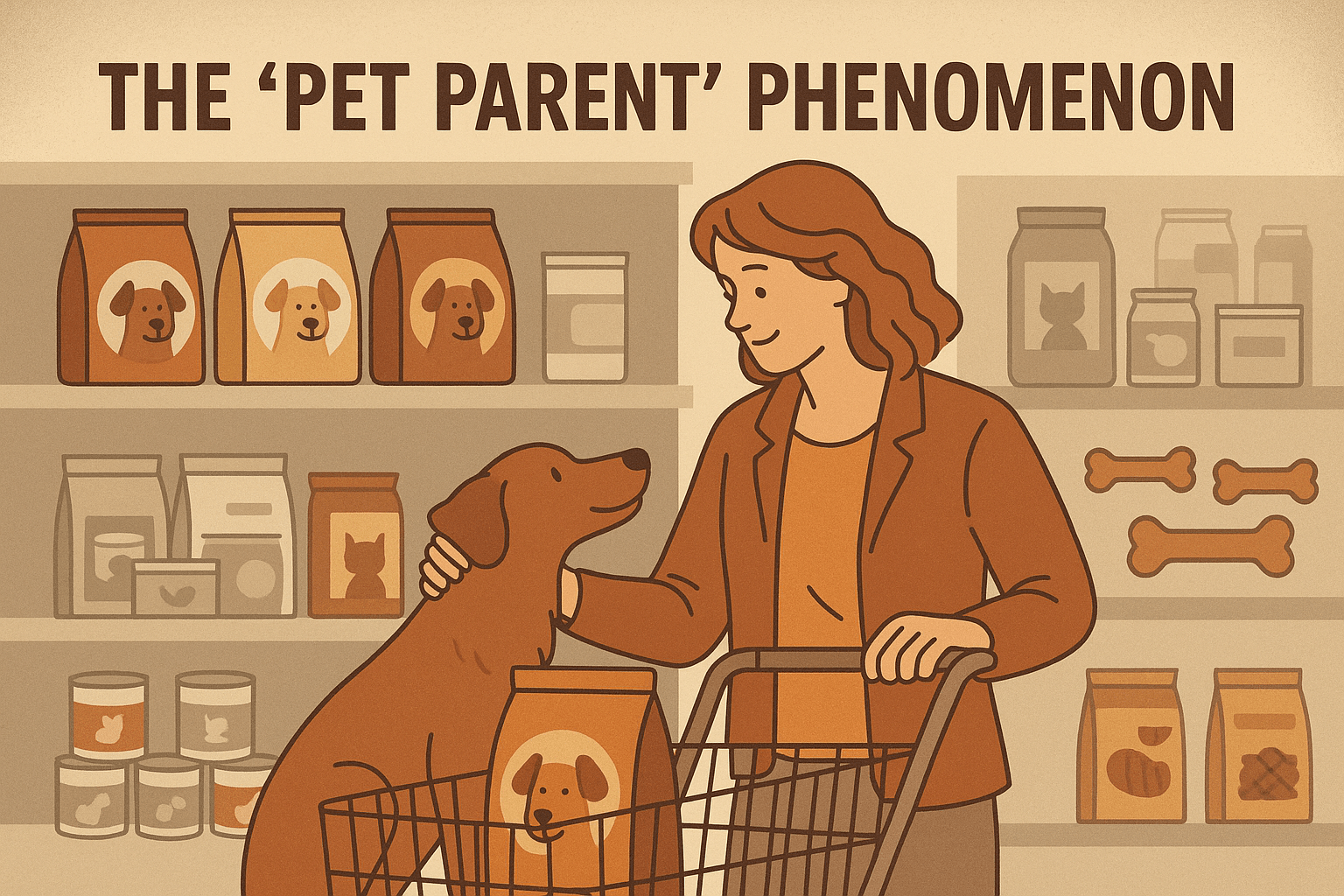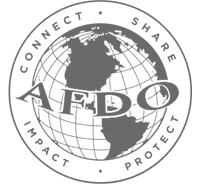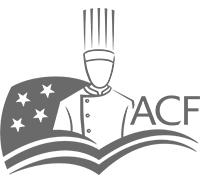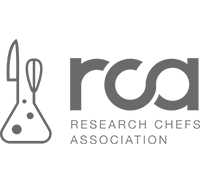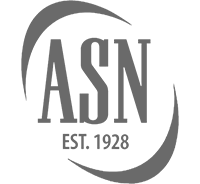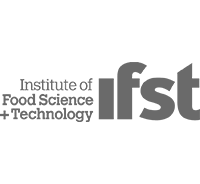Helmsman Group
Thriving in Uncertain Times: CPG Resilience Series (Part 1)
When economic uncertainty looms, consumers make tough choices about where to cut spending. Yet one category consistently shows remarkable resilience – pet food. As our research confirms, pet parents prioritize their furry family members’ wellbeing even while tightening their own belts, creating a sustained demand for premium pet products regardless of broader economic conditions.
The “Pet Parent” Phenomenon: A Data-Driven Analysis
The shift from pet “owners” to “pet parents” represents more than semantic change—it fundamentally transforms purchasing behaviors. NielsenIQ data shows that 78% of pet households now consider their pets full family members, with direct implications for spending patterns¹:
- Premium segment growth: Despite overall inflation concerns, premium pet food sales have increased 14% year-over-year through Q1 2025, according to American Pet Products Association (APPA) market research²
- Health-focused formulations: Products highlighting specific health benefits (joint support, digestive health, etc.) saw 22% higher growth rates than standard formulations, based on Packaged Facts’ “Pet Food in the U.S.” market report³
- Subscription persistence: Pet subscription services maintained a 91% retention rate during recent economic downturns, substantially outperforming other CPG subscription categories, as documented by the Pet Industry Joint Advisory Council (PIJAC)⁴
Case Study: How Mid-Market Brands Can Win
While industry giants struggled with ingredient shortages and production delays, Paws Premium rapidly pivoted by:
- Simplifying formulations without compromising nutritional integrity
- Establishing relationships with domestic ingredient suppliers at slightly higher costs but with dramatically improved reliability
- Focusing marketing on emotional connection rather than promotional pricing
- Implementing subscription models that stabilized demand forecasting
Strategic Opportunities for Mid-Market Executives: Adopting the Startup Mindset
- Simplified ingredient lists that communicate transparency
- Sustainable packaging options that align with millennial and Gen Z values
- Portion-controlled solutions that address convenience and waste reduction simultaneously
Price-Value Positioning
Even premium-oriented pet parents are increasingly sensitive to value—but crucially, this doesn’t mean “cheap.” Brands that clearly articulate functional benefits tied to specific ingredients can maintain premium positioning while delivering perceived value.
- Personalization at scale: Technologies enabling customized feeding recommendations based on pet age, breed, and health conditions are gaining traction, according to Mintel’s “Future of Pet Food” report⁶
- Alternative proteins: Consumer acceptance of novel protein sources is significantly higher in animal food than human food, creating innovation opportunities, as documented in Euromonitor International’s industry analysis⁷
- Omnichannel experience: Brands that seamlessly integrate direct-to-consumer models with traditional retail presence demonstrate superior growth rates, according to McKinsey’s “State of the Consumer” research⁸
The Startup Mindset: Iterative Adaptation
- 6-week retail testing cycles for new formulations
- Direct consumer feedback loops through QR codes on packaging
- Small-batch production runs that minimize risk while validating concepts
Conclusion: Strategic Imperatives
Pet Foods: The Recession-Proof CPG Category
- Baby Foods: The Non-Negotiable Category in Cost-Conscious Times
- Permissible Indulgence: The Psychology of Affordable Luxury
- Restaurant Quality at Home: The New Premium Dining Experience
- Comfort Core: How Nostalgia Drives Purchase Decisions in Uncertain Times
- [Bonus] Market Navigation: Synthesizing Strategies Across Resilient Categories
This article is the first in our five-part series examining resilient CPG categories. Coming next: “Baby Foods: The Non-Negotiable Category in Cost-Conscious Times.”
About the Author: Mark Haas is CEO of The Helmsman Group, specializing in helping mid-market CPG brands navigate market turbulence through strategic agility and data-driven decision-making powered by InsightSuites™, their proprietary consumer intelligence platform.
- NielsenIQ. (2024). “Pet Ownership Trends and Consumer Behavior Report.” NielsenIQ Consumer Insights.
- American Pet Products Association (APPA). (2025, March). “National Pet Owners Survey 2024-2025.” APPA Market Research.
- Packaged Facts. (2024, November). “Pet Food in the U.S., 18th Edition.” Market Research Report.
- Pet Industry Joint Advisory Council (PIJAC). (2024). “Economic Impact of the Pet Industry During Market Volatility.” Industry Analysis.
- Information Resources Inc. (IRI). (2021). “CPG Pet Category Performance During COVID-19.” Market Intelligence Report.
- Mintel Group Ltd. (2024, January). “The Future of Pet Food 2024-2029.” Global Food and Drink Trends.
- Euromonitor International. (2024). “Alternative Proteins in Pet Nutrition.” Industry White Paper.
- McKinsey & Company. (2024, April). “State of the Consumer: Pet Products Omnichannel Performance.” Retail Practice.
- Pet Food Institute. (2024). “Consumer Attitudes and Product Innovation Acceptance.” Industry Research Consortium.
- Rigby, D., Sutherland, J., & Takeuchi, H. (2024). “Agile Innovation in Consumer Packaged Goods.” Harvard Business Review, 102(2), 42-50.# Pet Foods: The Recession-Proof CPG Category
